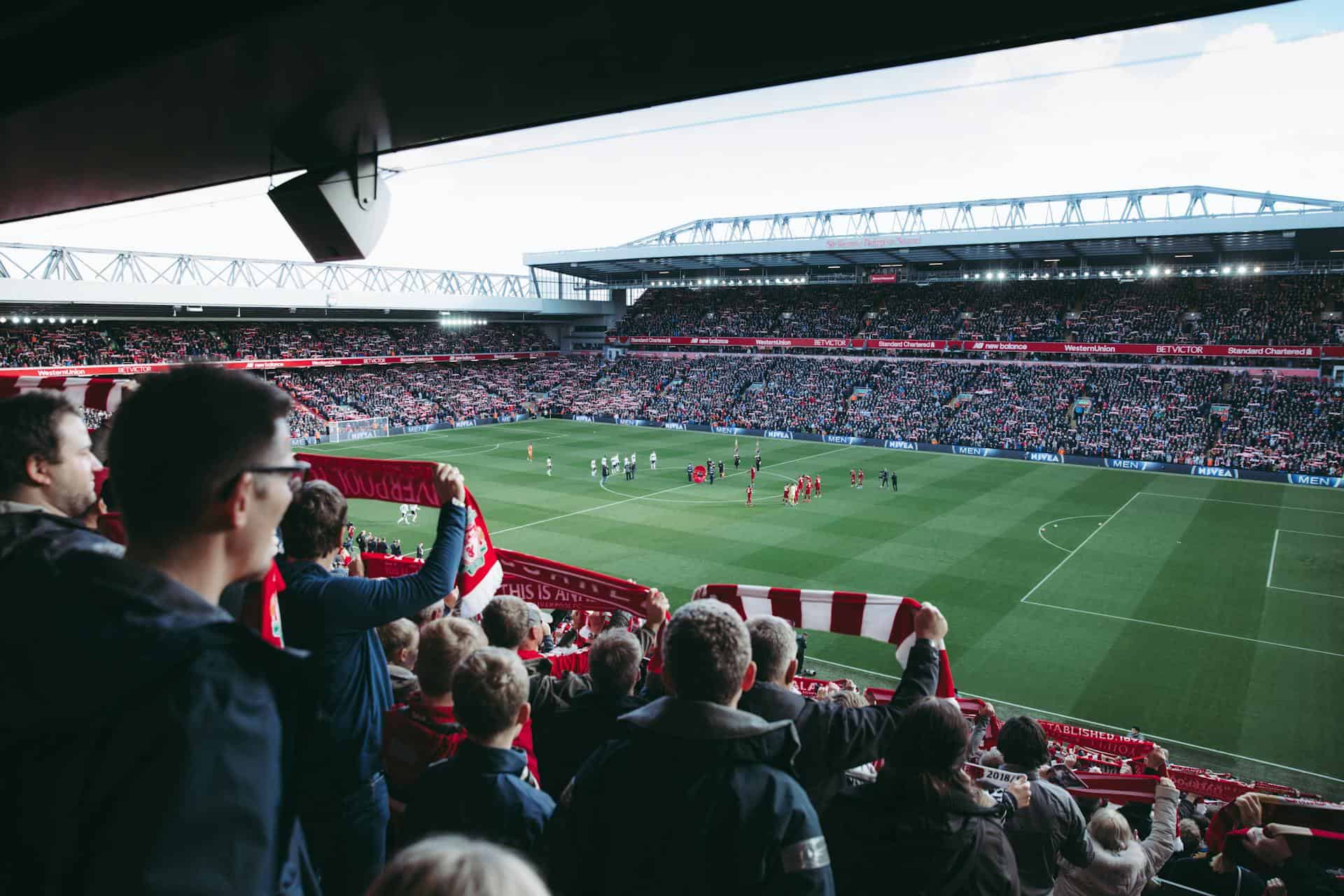Interactive technology has fundamentally reshaped how fans engage with live sports. Among the most impactful advancements are interactive maps designed to guide fans through every step of their game day experience. These digital companions do more than show seating—they deliver real-time navigation, help fans find concessions, restrooms, merchandise, betting lounges, and even enhance engagement through personalized offers and exclusive promotions. Stadiums are no longer static venues—they are living ecosystems of data and digital innovation that actively respond to fan needs. This article dissects how interactive maps are transforming game days for fans and stadiums alike.

Real-Time Stadium Navigation
Modern stadiums like SoFi Stadium in Inglewood and Allegiant Stadium in Las Vegas have adopted real-time interactive maps with pinpoint GPS features. These systems allow fans to locate their seats from any entrance, offering walking paths with estimated travel times. GPS-linked crowd flow analysis ensures fans avoid bottlenecks, especially during halftime or after touchdowns. For example, Mercedes-Benz Stadium in Atlanta uses advanced heat-mapping to redirect guests to less congested areas, boosting satisfaction and decreasing security concerns.
Locating Concessions and Amenities
Interactive maps powered by apps like Venue Next at Levi’s Stadium allow fans to locate and even order food and beverages from the nearest concessions. These digital maps are updated in real-time with information about queue times, product availability, and promotional offers. A 2023 report by Stadium Tech Insider found that concession orders through app-integrated maps reduced wait times by 37%. The ability to find the closest restroom or water refill station—especially during peak times—elevates the fan experience tremendously.
Accessibility Features for Fans with Disabilities
Stadiums like Lincoln Financial Field and MetLife Stadium have set the bar for accessibility. Their maps include wheelchair routes, elevator locations, and sections with assisted listening devices. QR code scanning across maps unlocks direct customer service chat, allowing real-time help for fans needing additional assistance. These layers are invaluable, providing inclusivity and comfort for every guest regardless of mobility or medical needs.
Enhanced Security and Emergency Response
Interactive maps contribute to security by embedding emergency protocols directly into the fan interface. When an incident occurs, fans can receive targeted push notifications with mapped evacuation routes. AT&T Stadium has implemented this system since 2022, allowing security teams to issue real-time instructions. Fans in Section 200 might get a different route than those in Section 300, improving efficiency and reducing panic in emergency scenarios.
Integration of Exclusive Promotions
Interactive maps now serve as digital kiosks for personalized promotions. As fans navigate toward concessions or their seats, targeted offers—like discounts, loyalty rewards, or betting opportunities—appear based on location. During the 2024 playoffs, MetLife Stadium used its digital map to deliver regional betting deals to fans in specific zones. For example, fans attending games in the Midwest could unlock Missouri Promo Codes directly through the app when passing designated stadium areas. This location-aware strategy significantly increased redemption rates, turning digital maps into real-time marketing tools that elevate both the fan experience and sportsbook visibility
Stadiums are not just about physical entertainment—they are digital marketplaces. Integrating the BetMGM bonus code into stadium maps elevates fan engagement while opening revenue streams. At TIAA Bank Field in Jacksonville, fans near the designated BetMGM lounge can receive a time-sensitive bonus code through the map. In 2024, the Jaguars reported a 29% increase in app downloads on game day, linked to this promotion. The result? Higher engagement, more time spent in-app, and increased betting activity—all traceable to the digital map interaction.
Case Studies of Leading Stadium Implementations
The Chase Center, home to the Golden State Warriors, offers a masterclass in fan-focused digital mapping. With interactive routes, pre-set agendas, and seat-specific suggestions, fans can plan their night from tip-off to exit. Similarly, Gillette Stadium launched its “Navigate with Ease” campaign, mapping every fan journey through preloaded itineraries and live push notifications. Both venues reported an uptick in concession revenue—23% for Chase Center and 18% for Gillette—due to informed purchasing behavior driven by map integrations.
Revenue Boost for Stadium Operators
Beyond fan delight, interactive maps bring quantifiable benefits to venue operators. Data gathered through map interactions—like frequently visited areas, popular concessions, and high-traffic restrooms—helps optimize staffing and stock management. According to a 2024 study by Stadium Economics Monthly, venues using interactive maps saw an average 12% increase in per-capita revenue. Operators can also sell geo-targeted advertising, creating new inventory for brands eager to reach fans in physical contexts.

Customization Based on Fan Preferences
The latest generation of interactive maps employs AI to learn user behavior and preferences. Fans can receive a suggested game day route, including stops tailored to dietary preferences, merchandise favorites, or betting habits. Lumen Field’s digital assistant lets fans choose a “merch-first” or “food-first” itinerary, which then adjusts their map accordingly. These micro-journeys encourage longer stadium stays and more spending, creating a win-win for fans and operators alike.
Future Innovations in Stadium Mapping
Looking forward, stadium maps are expected to integrate AR overlays, allowing fans to hold up their phones and see directions on their camera feed. Virtual assistants could walk fans to their seats using avatars or mascots. Plans at Hard Rock Stadium include live field-view previews from any seat based on your current location, enhancing decision-making for upgrades. This spatial intelligence revolution will deepen the connection between digital and physical fan experiences.
The New Digital Playbook for Sports Venues
Interactive maps are no longer optional—they are the digital arteries of modern stadiums. From guiding fans to betting lounges offering these promotions, to pushing out promo codes in real-time, these maps have rewritten how fans navigate and interact with game day. With features that improve security, boost revenue, and personalize every step of the journey, they are setting a new gold standard. The modern fan wants control, clarity, and convenience—and interactive maps are delivering just that, one game at a time.